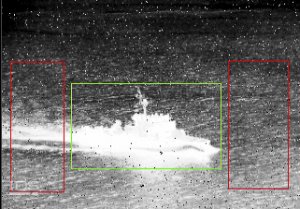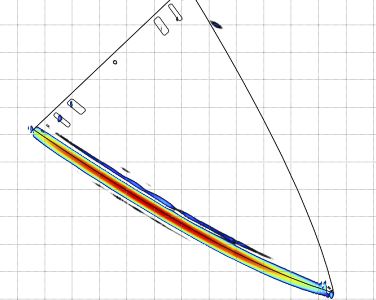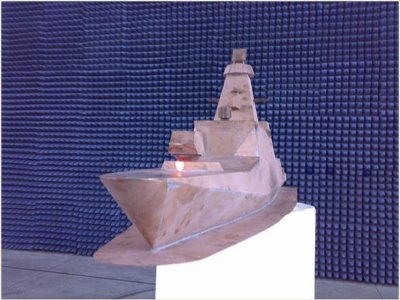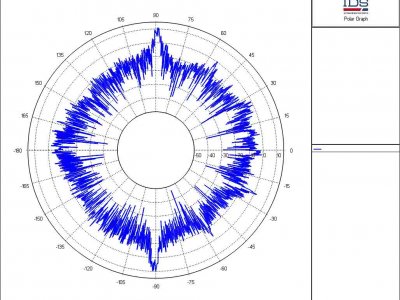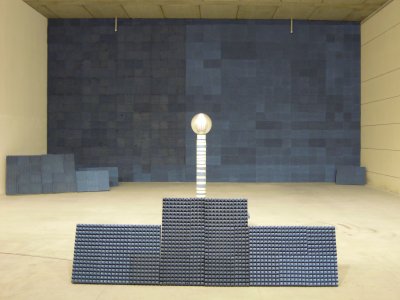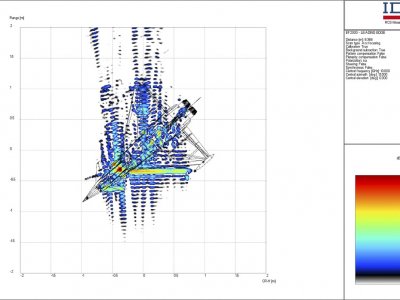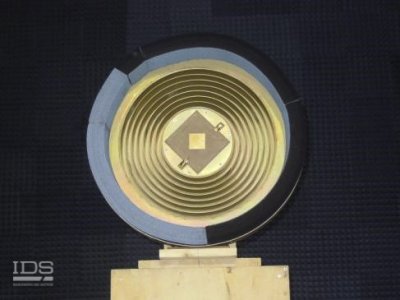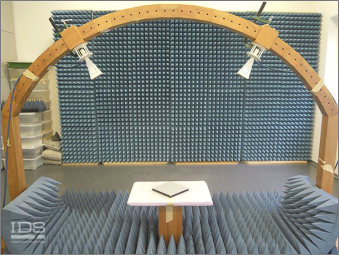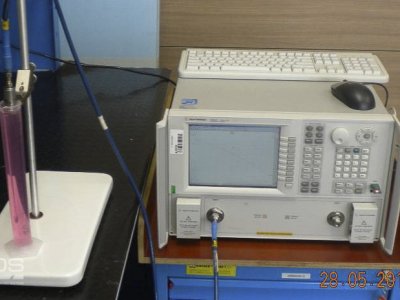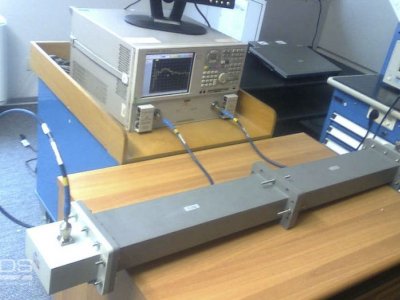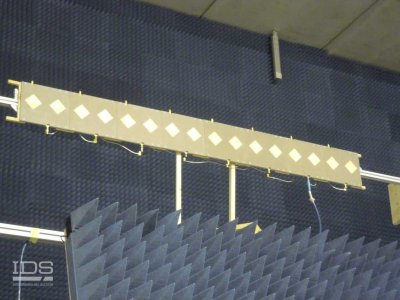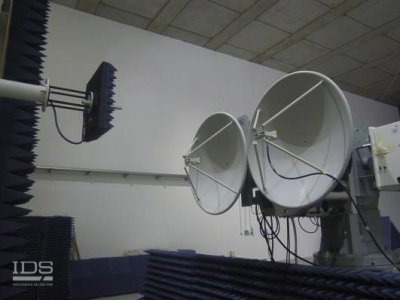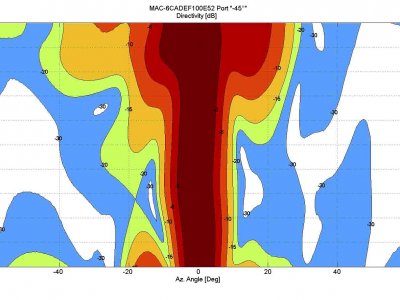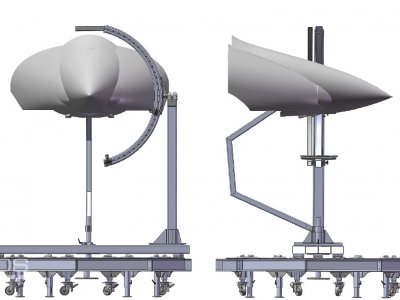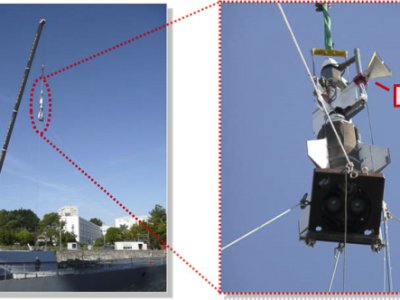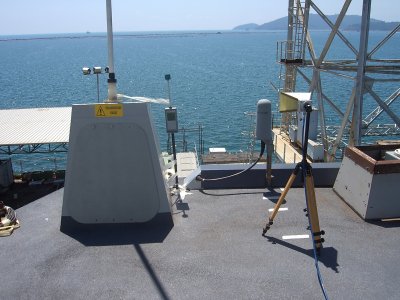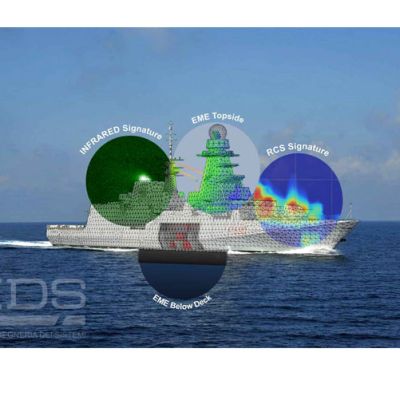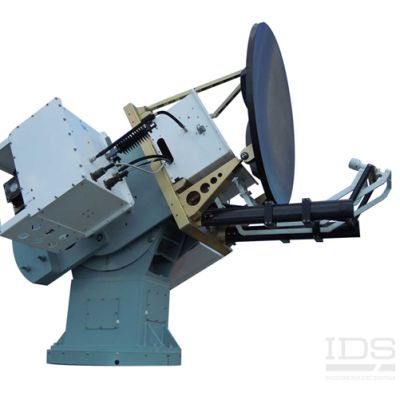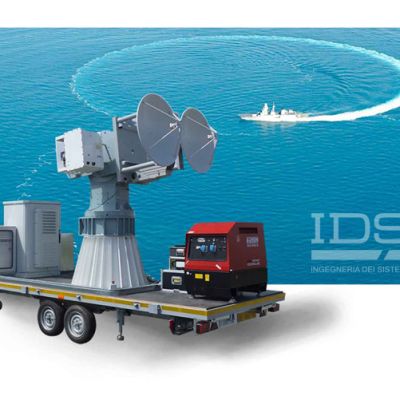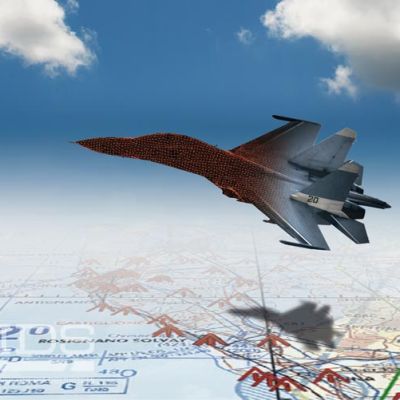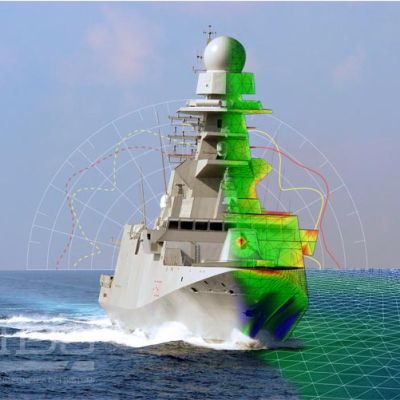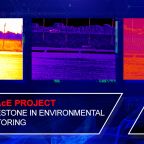IDS provides measurement services for radar cross section (RCS) and radar signatures, antennas, EMC/EMI and infrared (IR) signatures as well as customized test equipment.
As part of our range of electromagnetic (EM) services and consulting, IDS provides measurement services for radar cross section (RCS) and radar signatures, antennas, EMC/EMI and infrared (IR) signatures as well as customized test equipment. Measurement is a major part of electromagnetic engineering, providing knowledge of the performance of existing systems as well as enabling the verification and validation of new designs.
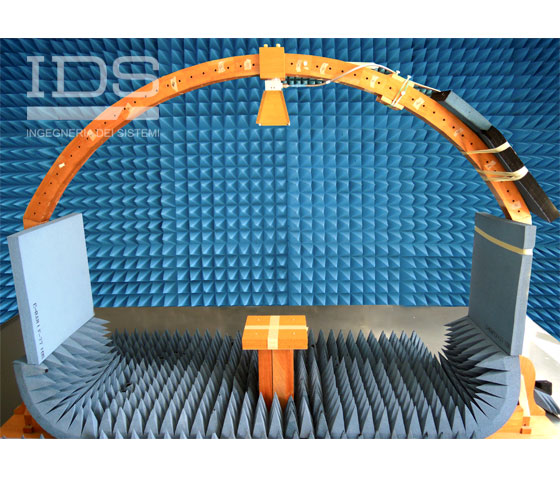
With the increasing use of systems that rely on various electromagnetic properties, from mobile satellite communications to driverless cars and the internet of things, EM measurement is becoming ever more important.
IDS has over 30 years’ experience in electromagnetic engineering, which includes the highly demanding naval, aeronautical and space environments. IDS brings this wealth of experience and expertise to its EM measurement services, both in the in-house measurement systems it designs and develops and in the procedures and team structures it uses to perform a measurement campaign.
Main Applications
IDS Electromagnetic Testing
The need to know the radar cross section (RCS), and more generally the radar signature, of test items will arise at various design and manufacturing stages of components and systems, especially those used in defense applications.
Accurate and detailed knowledge of the RCS and signature becomes of the utmost importance when low-observability and stealth are the user requirements, which is more and more the case for present and future defense systems and platforms. Knowledge of the RCS and signature can also be important in industrial and civil applications (e.g. automotive microwave sensors (radars) and wind farm turbines etc.).
IDS provides comprehensive RCS measurement services in house or at a customer’s site. These have the capability to characterize a wide range of possible structures and materials, such as radar absorbing material (RAM) backscattering, frequency selective surfaces (FSS), components and sub-assemblies (e.g. wings, cockpits, vent grids, superstructures etc.) and full scale platforms in operational environments.
The available outputs include:
- RCS as a function of frequency and aspect angle
- High resolution range profiles
- 2D and 3D radar images (SAR and ISAR acquisition)
- Doppler spectrum / Doppler shift
The IDS facilities enable us to perform RCS test services over a broad frequency range (i.e. from a few hundred MHz up to 50 GHz). These facilities include an in house laboratory featuring a partially anechoic measurement chamber (35x22x12 m) for RCS and antenna measurements, which can be used to measure large objects (in near-field as well as in far-field) in a secure and stable indoor environment. They also include several mobile and site deployable assets, which allow outdoor test campaigns or measurements at a customer’s site.
Antennas can be found in a multitude of systems, both civil and military. Accurate measurement of antenna parameters is the key to success of any design that will integrate an antenna, and this is the case for simple, small, low cost radiators of an RF tag up to complex state-of-the-art radar antenna arrays.
IDS provides comprehensive antenna measurement services, mostly in house, thanks to facilities that include a partially anechoic measurement chamber (35x22x12 m), which can be used for RCS and antenna measurements of large objects (in near field as well as in far field) in a secure and stable indoor environment. Near-field tests benefit from the use of a planar scanner (10m x 5m useful scan width) as well as turntables to manage planar near-field (PNF) and cylindrical near-field (CNF) acquisition schemes. Far-field tests are possible within the dimensional limits of the chamber.
Antenna measurements can be performed from very low frequencies (i.e. HF) up to 50 GHz and more. Specifically, the indoor near-field test range covers L-C-S-X-Ku-Ka bands.
Output is available in various types such as VSWR, input impedance, gain and directivity, radiation patterns, phase center position, phase and group delay, cross-polarization ratio (XPD) and spillover.
EMC/EMI issues cover a wide range of scientific and industrial domains. As a result, EMC/EMI measurement applications can include standard characterizations (e.g. CE or FCC qualification), more complex and challenging testing on complex systems, and even full scale platforms (e.g. vehicles, unmanned aerial vehicles (UAVs), ships etc.).
The IDS approach to EMC/EMI measurement is focused on addressing standard testing as well as unconventional tests in accordance with specific customer needs. These kinds of tests can be applied to simple components up to full scale platforms, and can include:
- Pre-compliance qualification of equipment, systems and platforms (e.g. UAVs)
- Trials onboard ships with a focus on different EMC/EMI factors such as RADHAZ (personnel safety) and EMI (combat system)
- Grounding system verification (composite ships)
- GNSS signal monitoring and spectrum surveys, particularly in airport environments
- RADOME electromagnetic qualification
- Shielding effectiveness and transfer impedance of shielding conductors and aeronautical harnesses, including connectors and structures with complex topology (e.g. branches)
- Shielding effectiveness of complex enclosures (e.g. satellite communication modules) utilizing the oversized cavity theory (OCT) approach
For the special case of verification of a complex platform (e.g. a ship or UAV), the consultancy service can be organized as a comprehensive proposal, giving the customer the capability, know-how and support to manage the complex test problem.
The IDS approach to EM measurement involves a synergy between IDS’s software prediction tools, broadband and narrowband measurement systems, real platform testing and RADHAZ evaluation for personnel and equipment. This kind of comprehensive service includes site surveys and test procedure assessment, delivery of suitable instruments and related systems, training and supervision during testing.
The infrared (IR) signature is one of the standard and most important parameters to be considered in the design of components and systems for defense applications.
IDS’s IR test solutions include comprehensive IR measurement systems including a range of different bandwidths in order to cover different IR radiation sources (e.g. structures, plumes etc.). The solutions also include acquisition and processing software that can be interfaced with customer provided instruments (e.g. IR cameras). The capability to automatically process the results of an IR test campaign provides the added value of getting results in time to drive design choices.
The post-processing software can provide several types of output including:
- Transmission and extinction coefficients
- Absolute apparent and corrected radiant intensity analysis of the target versus the azimuth
- Contrast apparent and corrected radiant intensity analysis of the target versus the azimuth (analysis in respect to the background)
- Temperature analysis of the target for a particular aspect angle (analysis of target hot spots).
